-
Posts
14,639 -
Joined
-
Last visited
Content Type
Profiles
Blogs
Forums
American Weather
Media Demo
Store
Gallery
Posts posted by Ed Lizard
-
-
From personal experience, when the price of oil drops to $10/barrel, a year or two of unemployment/underemployment really bites, so it isn't exactly a stable career field, and all the science and math means the people getting BAs are partying at night when petroleum engineering students are studying, but even averaging in the years unemployed or working as a temp, petroleum engineering is seriously good money.
Travel opportunities, interesting work.
Granted, they have websites for pet engs, but there aren't any forums where amateurs look up to professional engineers, and a new well coming in at 500 barrels per day is good, but the YouTube's are of Boxing Day Blizzards, tornadoes in the Plains, and Charley in Florida.
BTW, someone said the Navy is cutting aerographers mates, but enlisting in one of the services, getting some kind of training as a weather observer or whatever, college will be almost free after veteran's benefits, and I'm pretty sure prior service military get points or extra consideration when the NWS is hiring.
-
Agree. My "toilet paper degree" is making me 90K+ a year.
I suspect prior military helped greatly in getting a job at the NWS.
-
I noticed the 'calm' as well, it lasted probably 1-4 seconds and I was in the very edge of the tornado. EF1 damage according to the survey. This was probably just an outer 'core' of some kind or something? I don't think it was a calm at the center or anything like that since the center passed off to the south of me by about 5-6 blocks.
I mean, is it possible that it was an outflow of some kind from the mesos collapsing on the storms to the north? If it was that, it may have enhanced the circulation and what caused it to dip just south before it moved E or ENE along the boundary?
In other news, Rush Limbaugh is bringing himself and a truckload of his tea to Joplin for the 4th. Agree with his politics or not, it's bringing the spotlight back to Joplin for some, which is good news for us.
Not related to any eye like feature, but I'd suspect in a multi-vortex tornado winds may rise and fall as vortices pass near and then move away. It was multi-vortex early on, and I'd think may have remained multi-vortex but not readily apparent visually as debris increased.
Not certain of that, by any means.
-
Jamie McMurray, NASCAR driver, returned to Joplin this week w/ the race at Kansas City, his childhood home lost the roof and some of the exterior walls.
I suspect he'll be donating generously to the relief. He also visited his old school, Joplin High.
-
I wonder how a map of the damage(ef wise) would compare to the (f scale) map of damage they had for Wichita Falls? I remember the f4 damage was very wide on that one-I imagine the ef4 damage on this one would be even wider. I bet Ed M. knows well the map I am talking about.
Our North Texas well work supervisor, much younger then (obvously), had gotten into his bathtub in WF when his mother (who only recently passed away) called from near Kamay/Valley View to say she saw a tornado heading his way, and he got out of the tub to answer it, then head back to the tub. He lost part of his roof, but was on the edge of the damage. Our well work sup. is the play by play stadium announcer for Midwestern State football, BTW. Not going to give his name.

-
-
Is anyone else getting "domain unregistered" pics for JoMo's pics? I really want to see them but I can't

I see them.
-
Second collection at church was for Joplin.
I don't think one can go wrong with the Salvation Army (.org for the URL, I think). Nor the Red Cross, but they have high overhead. JFed is raising money to help. As is Catholic Charities.
I saw Tuscaloosa on a show last night, the streets are cleared in the impact zone, but debris is still all over off the streets. I imagine it will be weeks until all the debris is cleared in Joplin.
-
-
if true, the gusts must have been over 350 and THATS EPIC
I don't think tornadic winds are rated as sustained and gusts like a TC.
I deleted my original reply because I thought you had removed yours.
-
http://www.ky3.com/n...0,7121986.story
JOPLIN, Mo. -- The National Weather Service provided additional insight into the decision to rate the tornado last Sunday at the top of the Enhanced Fujita Scale. The tornado was given an initial rating of an EF-4 before it was upgraded the next day.
Bill Davis with the National Weather Service said investigators look at structural damage and how far heavy objects were thrown. This tornado, for example, tossed concrete parking lot "bumpers" that sit low to the ground and can weigh up to 300 pounds.
The NWS investigators also noted that tractor-trailers parked near the Wal-Mart store were thrown farther than 1/8th mile. Manhole covers were also lifted and tossed.
The tornado's path is an estimated six miles long. It's from three-quarters of a mile to a mile wide at some points. The winds are estimated to have briefly hit between 225 and 250mph.
Master of Disaster implied a picture I had attached was staged a few pages back. I think not. I don't know the original source of the picture, but if the tornado could throw concrete parking lot bumpers, it could do almost anything.
-
The get out of the way versus the sheltering in place in the bathtub or a closet thing.
While an EF-5 making a direct hit will almost certainly kill someone sheltering in a bathtub or closet, I'd have to think for most tornadoes the radius of winds that would kill those even in shelter would be much smaller than the radius of winds that might drop trees on cars or flip cars over.
Storm speed is a factor, how urbanized an area is and how likely traffic is to becoming gridlocked and putting more people at danger has to be a factor.
Since EF-5s and EF-4s are a small percentage, IMO, even though in this case sheltering in place led to deaths that might have been avoided (although rain wrapped tornadoes would also seem to make it harder for a driver to visually see and avoid a tornado, even if the roads are clear enough to have that option) I'd think the standard advice, the vast majority of the time, is the right advice.
On a semi-unrelated note, I saw some video of the I-44 Oklahoma stuff, and some lucky people did not get hit by a tornado while trying to shelter underneath a highway overpass. Apparently very few highway overpasses are of the construction of the one in that ~15 year old video, where the reporter and crew, a father and his daughters 'got up under the girders'.
-
-
Semi-related to the warnings, on the TDC show about the April outbreak in MS/AL/GA, a pastor at a small church in Mississippi said he paid no mind to the sirens because they had gone off several times the previous couple of days.
If the science can improve to not only lengthen the lead time, but also reduce false positives, lives will be saved. What may appear the path of least regret, sounding the alarm on a weak signal, may ultimately do more harm than good.
I have no idea if this was an issue in Joplin.
And 15 minutes probably wouldn't be enough time to move all the sick and injured at the regional medical center from their rooms, which all presumably had windows.
-
We can speculate, but I imagine one of the more specialized NWS survey teams will be in the area in the next few days, and then we'll have expert opinion.
-
It's just you.
No such thing as an EF6.
No, there isn't. IIRC, the original Fujita scale was based on percentage of the speed of sound, or Mach number, so theoretically a F9, winds almost to the speed of sound, were possible. (Not saying physically possible, but the rating would exist.) F numbers were assessed based on damage, but the original idea would be an F-5 having winds approaching half the speed of sound.
-
Probably only take 4 or 5 semesters to get a petroleum engineering degree.
-
bangladesh

The UK has more reported tornadoes per square mile, but I suspect that might be a function of being a Westernized Country.

http://www.ncdc.noaa.gov/oa/climate/severeweather/tornadoes.html
-
I read a paper, can't remember where, they ran some modelling of the event at, I think, Texas A&M. Without the windshift aligned near I-35, that storm would have pulse severed and died, That boundary was how the storm could propagate Southwestward down I-35, basically,
Edit to add- many a late Spring sounding from CRP is 3000 J/Kg or better, but it is almost always wasted. FWD 7 am MUCAPE is 4700 J/Kg, and it won't do anything today
-
Does the 88D record data for any period of time?
Other than screen captures or whatever, is there an electronic record of maximum recorded winds at various tilt angles?
-
The prototype phased-array radar in Norman scans a 90 degree sector and can scan a volume in ~30 sec., but that's a long way off from going national.
The Navy has been using phased array radar (The AN/SPY-1) since the early 1980s. I do not know if that radar measured Doppler frequency shift, or just calculated target speed by change in location of the target per change in time. I suspect it is more a money issue than a technology issue, but even when budgets are a priority, it would seem timely and accurate severe storm warnings is something most people could agree about.
-
IIRC, the pre-88D radar could be aimed and tilted to measure things like storm tops, I think the transmitter-receiver was actually aimed.
I could be wrong...
-
I asked earlier- the absence of rain wrapping on the Tuscaloosa-BHM tornado, seemed odd for that part of the country. I have an amateur theory that extreme vorticity kept the updraft well separated from the rain, but it is only theory. I don't know if I have ever seen storms with bases that low not be rain wrapped on video.
I originally thought the Tuscaloosa cell was rain wrapped from a distance on that tower cam, as it got closer it only appeared that way because of how low the wall cloud base was, and the amount of debris.
-
IIRC, some communities had power issues in AL because of the morning storms, and warned cells may not have been accompanied by sirens.



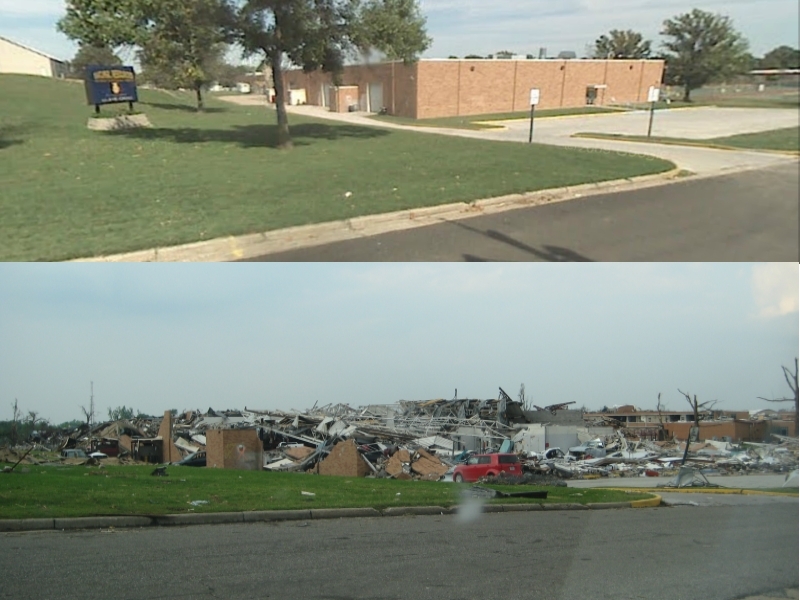
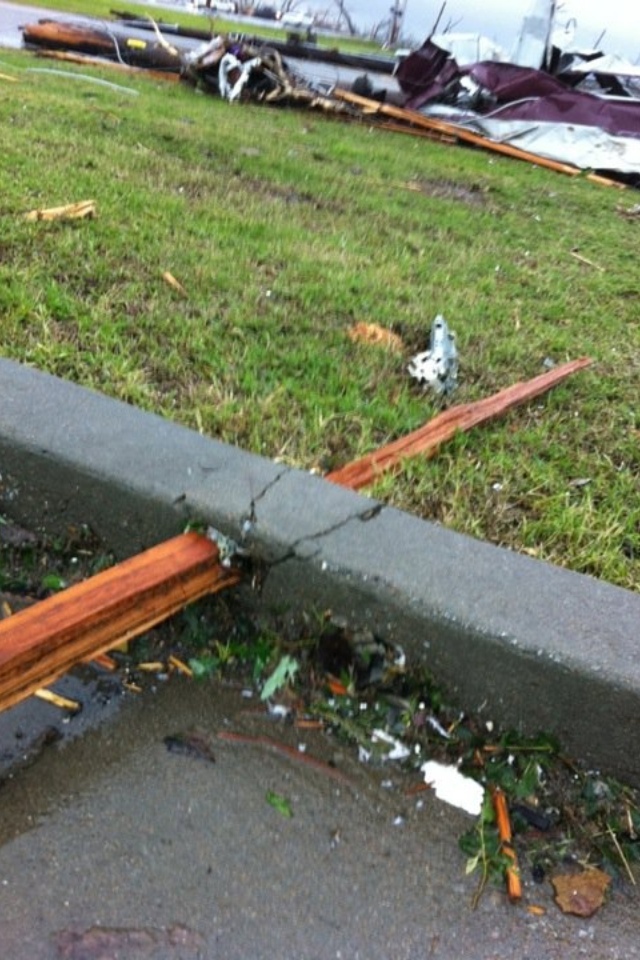
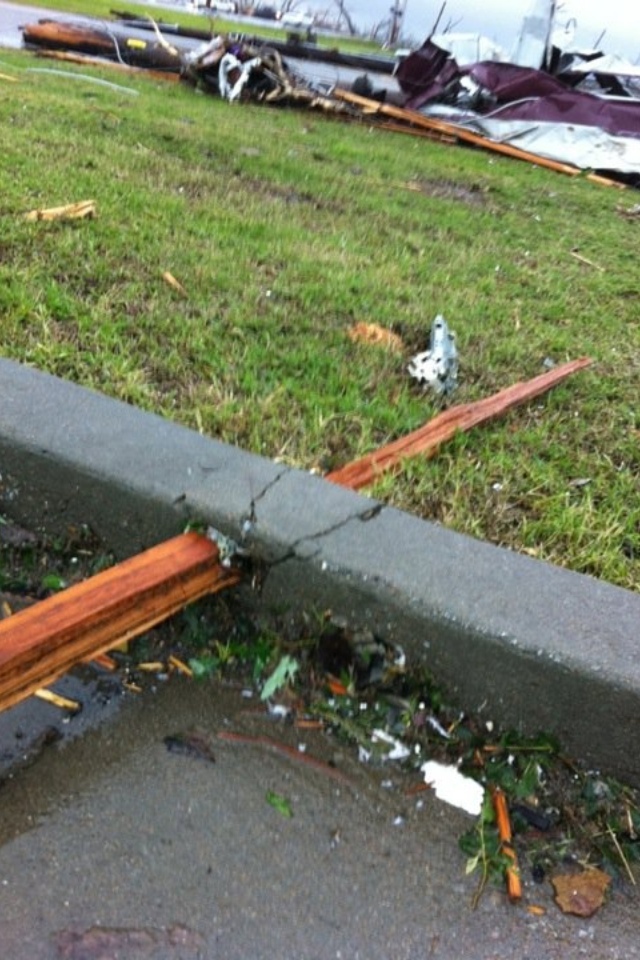
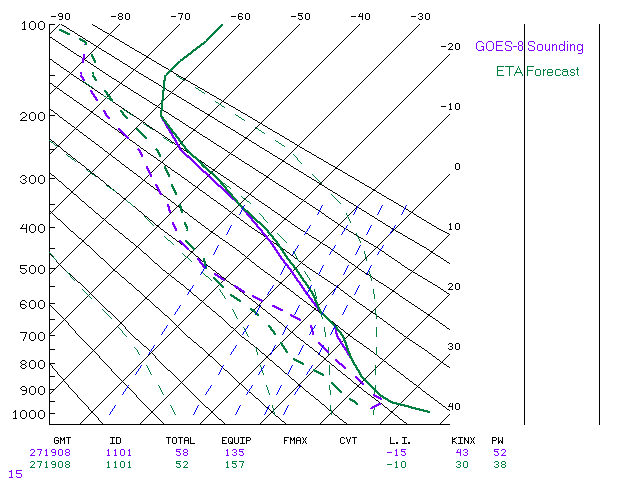
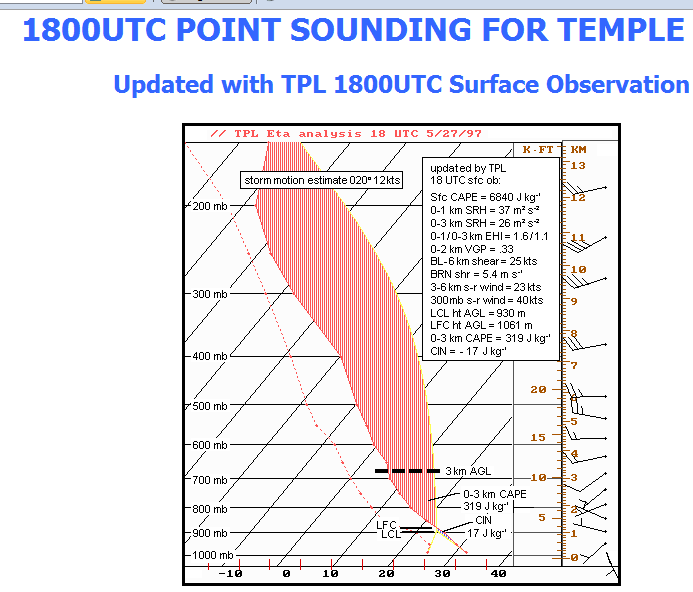
Reconsider majoring in meteorology!
in Weather Forecasting and Discussion
Posted
But how many met school grads have a veteran's preference to begin with?